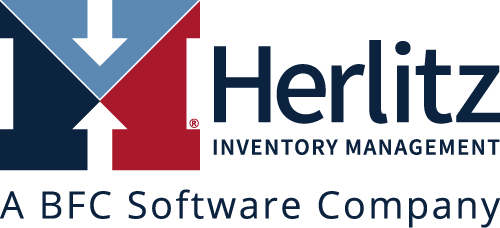Retailers with multiple locations inevitably have to deal with higher inventory costs because they need to hold the same items in multiple locations. As a result, distribution costs tend to be higher as well. Many retailers therefore utilize a distribution and ordering method known as Hub and Spoke replenishment.
Hub and spoke means that instead of having each distribution center order from various vendors individually, one DC acts as a hub. This hub orders from various vendors and then the other distribution centers (the spokes) will order from the hub.
Immediate Benefits of Using Hub & Spoke
The hub and spoke method provides several benefits. The main benefit is increased efficiency. By using a solution that optimizes hub and spoke purchasing, buyers don’t have to remember or calculate how much extra inventory they need to buy at different levels of the supply chain. Also, it reduces inventory where high minimum order quantities are involved.
For example, some DCs can easily buy a large minimum order quantity while this same MOQ would cause overstocks at other locations. Say a minimum order quantity is 1,000 cases. For one DC, these 1,000 cases would be a month’s supply. However, two other DCs only need 200 cases and 75 cases for a month supply.
If each DC were to order from the vendor directly, they would each need to order 1,000 cases (3,000 cases total). If the company doesn’t transfer the overstocked inventory, the two locations would have overstock for months.
Instead, hub and spoke enables the hub DC to order 1,275 cases so each DC has a month supply in the distribution channel. Multiply those instant savings across thousands of SKUs in a large chain, and you begin to see the magnitude of possible savings and profit at risk.
The Herlitz Hub & Spoke Method
How it Works
Many retail and wholesale solution providers offer some type of Hub & Spoke functionality. What matters most is not simply having this function, but being able to tailor it around your specific business challenges. The Vendor to Hub order is calculated by running a mini-projection of what each spoke will need from the vendor over the order cycle. For example, you order from the vendor once a month, the lead time is 30 days and you have to buy by the pallet. On this Vendor to Hub order, the user can see, by Spoke, what that total transfer quantity is projected to be for this order. Remember, this order will be delivered in the lead time of 30 days.
In other words, these spoke “rollups” show what are the projected needs of the spokes from 30-60 days from now. Also, you can have the HIMPACT Hub & Spoke function solve complex vendor structures. One vendor may have one hub while another vendor can have a different or even multiple hubs.
The Hub & Spoke transfer orders may have very different ordering criteria, such as a truck runs once a week and the lead time is 1-2 days. Just like with regular orders, you can set up fixed order days when transfer orders should be built or you can have them ready every day.
One other important feature is that the system understands it needs one safety stock when calculating the Spoke’s rollup orders to the Hub’s order for the vendor, and a different safety stock when calculating the hub to spoke transfer orders. Three key reasons for the different Safety Stocks, both orders have different Order Cycles, Lead Times and Lead Time deviations.
Finally, this feature works regardless of whether the Hub has its own “customers” beside the spokes or not. Anyone who has managed Hub & Spoke orders knows there are endless variables and growing complexity. That’s where the Hub & Spoke feature helps you decrease unnecessary inventory orders, not to mention, eliminating human calculations.
Herlitz Advantage
While hub and spoke is not unique to Herlitz, other solutions often cost millions of dollars to license. Smaller networks and chains can’t afford such solutions, but can still benefit from having a hub and spoke distribution network. Whether your organization is large or small, you can benefit from this Herlitz advantage.
Herlitz customers can place orders to their vendors covering the need of both the hub and its spokes with one order cycle, lead time and buying multiple while also being able to efficiently manage the hub to spoke transfer orders with a different order cycle, lead time and buying multiple. This module saves buyers time, reduces inventory and increases profits.

